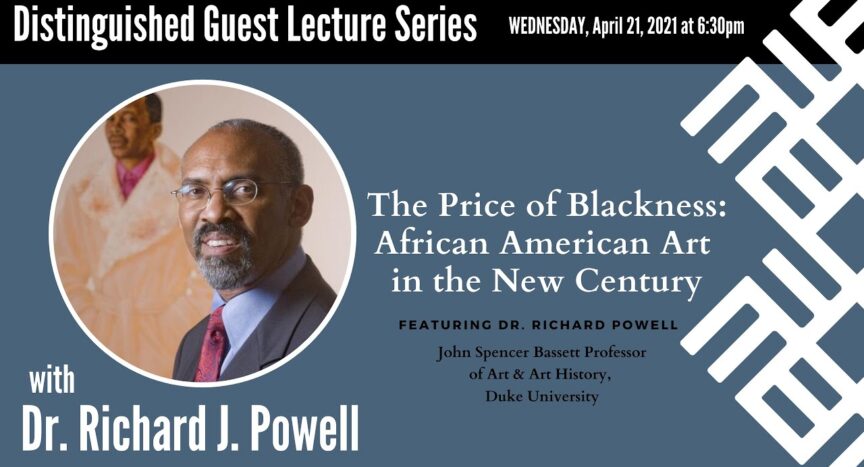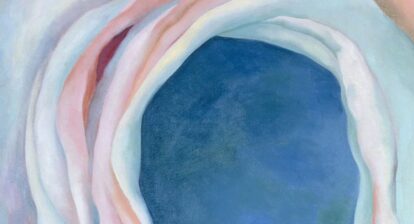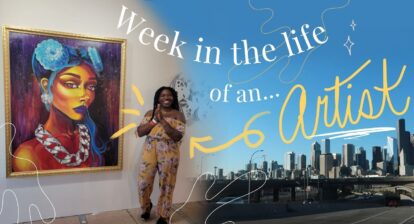The first two decades of the twenty-first century were exhilarating times, when countless African American artists achieved a novel and elevated stature in the world of art. The 2008 election of U.S. President Barack Obama, the first African American to hold such a preeminent office, signified a general shift towards greater racial inclusivity, not only in the art world but also in the public sphere. But this expanded racial purview was also joined by cynicism by many black observers, and a frank admission to a not-quite-transformed racial consciousness. Deadly and violent encounters between black people and the authorities fueled these misgivings and, under the rallying cry of “Black Lives Matter,” the world’s “watchers” channeled this articulated anguish through street protests, remedial legislation, social media, and in the arts and letters. As this lecture will explore these years brought to the forefront both black exceptionalism and black vulnerability: a contradiction that, from the sky-rocketing auction prices attained from works by Jean-Michel Basquiat, Mark Bradford, David Hammons, and Kerry James Marshall, to the ignoble number of African American homicides by law enforcement, characterized contemporary black life and art at the outset of a new era.
Richard J. Powell, a recognized authority on African American art and culture (and a frequent lecturer and media commentator on this topic both in the United States and abroad), has organized numerous art exhibitions, most notably: The Blues Aesthetic: Black Culture and Modernism (1989); Rhapsodies in Black: Art of the Harlem Renaissance (1997); To Conserve A Legacy: American Art at Historically Black Colleges and Universities (1999); Back to Black: Art, Cinema, and the Racial Imaginary (2005); and Archibald Motley: Jazz Age Modernist (2014). Among the major museums where his curated exhibitions have been presented are the Phillips Academy’s Addison Gallery of American Art, the Art Institute of Chicago, the Fine Arts Museums of San Francisco, the Los Angeles County Museum of Art, the New Orleans Museum of Art, London’s Whitechapel Art Gallery, and the Whitney Museum of American Art.
Along with teaching courses in American art, the arts of the African Diaspora, and contemporary visual studies, he has written extensively on topics ranging from primitivism to postmodernism, including such titles as Homecoming: The Art and Life of William H. Johnson (1991), Black Art: A Cultural History (1997 & 2002), and Cutting a Figure: Fashioning Black Portraiture (2008). From 2007 until 2010, Powell was Editor-in-Chief of The Art Bulletin, the world’s leading English language journal in art history. In 2013 Powell received the Lawrence A. Fleischman Award for Scholarly Excellence in the Field of American Art History from the Smithsonian’s Archives of American Art, and in 2016 was honored at the College Art Association’s Annual Conference as the year’s most Distinguished Scholar. His latest book, Going There: Black Visual Satire (Yale University Press, Fall 2020), examines satirical cartoons, paintings, films, and videos by modern and contemporary African American artists.
Future curators, art historians, museum professionals and artists all come together at the Atlanta University Center Art History + Curatorial Studies Collective. Housed within the Department of Art and Visual Culture at Spelman College, this innovative program aims to shape the future of the art world and position the Atlanta University Center as the leading incubator of African American professionals in these fields. We are cultivating students who will seek knowledge, discover purpose and make change.
Made possible by generous support from the Alice L. Walton Foundation, undergraduate students enrolled in this program are also eligible for scholarships and paid summer internship opportunities. Visit www.aucartcollective.org






